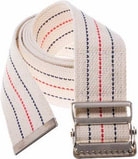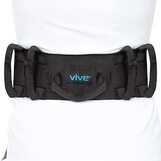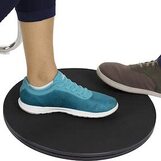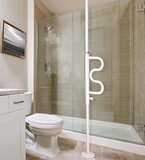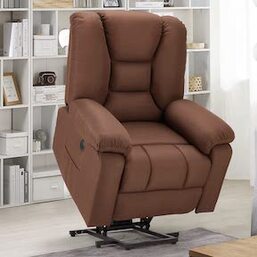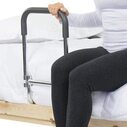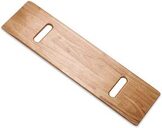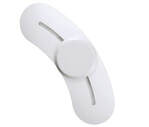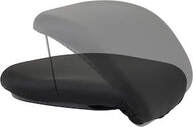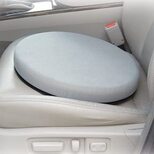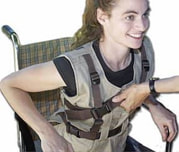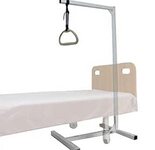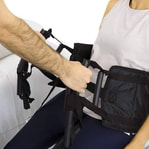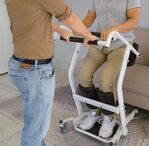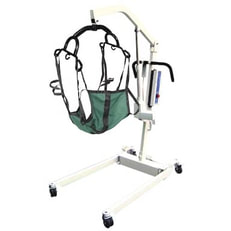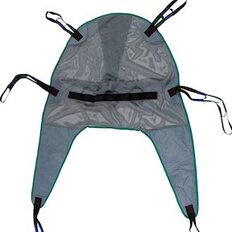|
Most of the transfer devices on this page are not covered by health insurance. You may be able to borrow some devices at no cost from equipment loan closets. We have negotiated exclusive discounts for some products.
|
Exclusive DiscountsEnter promo code YOURALSGUIDE at checkout after adding discounted items to your cart. Learn more |
Gait BeltHelps caregivers lift and transfer, and support a person while walking |
Transfer BeltPadded gait belt with handles offers extra support for lifting Buy on Amazon (no discount)
|
Pivot DiscFacilitates transfers by eliminating the need to twist and turn Buy on Amazon (no discount)
|
Transfer PoleProvides stability when sitting, standing, and transferring |
Lift Chair ReclinerRemote-controlled recliner chairs help you move between reclining, sitting, and lifted positions. If you have a medical prescription, Medicare will reimburse roughly $300 for the motor mechanism. Many people choose not to go through the reimbursement process and either buy them outright or borrow them. Buy on Amazon
|
Bed RailHelps you get in and out of bed and prevents you from rolling off |
Transfer BoardProvides a bridge that helps you scoot safely between two places |
Beasy BoardTransfer board with gliding and rotating seat can minimize twisting |
Seat Lift CushionPortable sit-to-stand cushion can actively help you stand up |
Swivel Seat CushionCan make transfers easier by spinning you to the left or right. If your legs are weak, someone may need to help move your legs as your body turns. Buy on Amazon
|
Lift VestMultiple handles make it easier to lift, transfer, and reposition |
Trapeze BarProvides support for sitting up, changing positions, or transferring |
Transfer SlingHeavy-duty padded gait belt with straps assists with transfers Buy on Amazon (no discount)
|
Sit-to-Stand LiftHelps you stand and transfer if you can bear some weight Buy on Amazon (no discount)
|
Equipment Loan ClosetsYou can save money by borrowing equipment from ALS loan closets. Many organizations and clinics loan devices at no cost. Learn more |
Insurance CoverageMost of the devices on this page are not covered by Medicare, Medicaid, or private insurance. Learn more |
|
Sign up for our free newsletter to stay up-to-date on new content, equipment, ALS news, resources, and more.
|
Patient (Hoyer) LiftsThis helpful device can lift you in a sling and transfer you between your bed, wheelchair, recliner chair, and other locations. It can also help lift you off the ground, should you fall. Manual hand-pumped patient lifts are covered by insurance. Battery-powered lifts operated by remote control are not covered. |
Slings for Patient LiftsThere are different types of slings that can be useful in different situations. Your physical or occupational therapist will recommend the best sling for you. Split-leg slings are helpful for ALS and mesh slings can get wet. Initial slings are covered by insurance and will be ordered and delivered with your patient lift. |
Have we missed anything? If so, please contact us. Thank you!
With input from ALS professionals and families, we have selected but not independently tested the medical equipment and assistive devices listed here. To ensure your safety and proper use, always consult with your team of medical professionals before using these devices.

